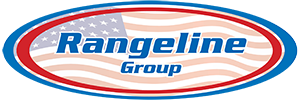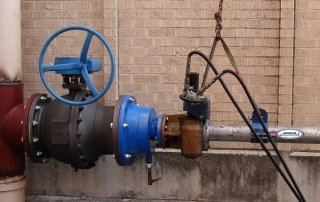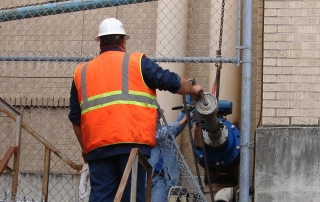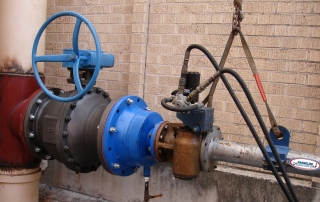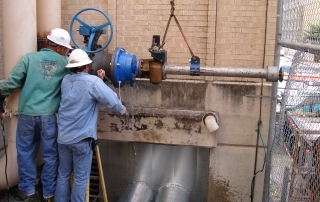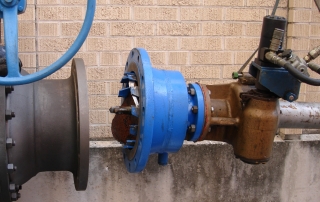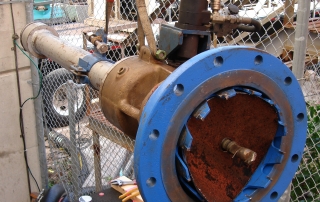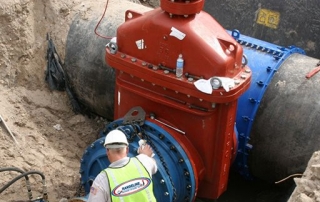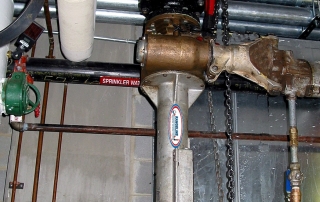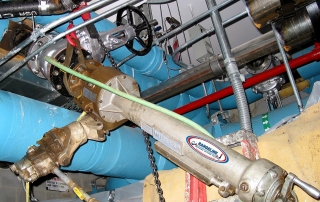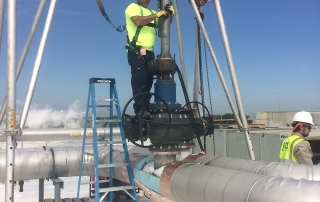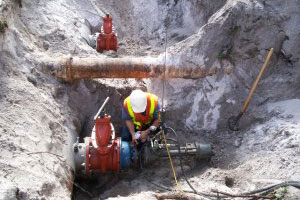Hot Tapping Services
Hot tapping is the ability to safely tie into a pressurized system while it is on stream and under pressure. A typical hot tap installation consists of a tapping saddle, gate valve, and hot tapping machine.
The hot tap cutter is advanced through the valve, to the pipe. The machine is engaged and the cut begins. When the cut is finished, the machine is disengaged and retracted beyond the gate of the valve. The valve is closed and the machine is removed. The coupon is retained by using a wired pilot drill. The wire on the pilot toggles, thus catching the coupon and preventing it from falling off.
Everything You Need to Know About Pipeline Hot Tapping Services
What is a Hot Tap?
Hot tapping gives us the ability to tap into a live pipeline without interrupting the flow of the lines. These hot taps can range from a ½ inch hole designed for something as simple as quality control testing, up to a 60 inch tap for the installation of a variety of ports, valves, t-sections or other pipes. This, along with its sister service, wet tapping, is one of the most versatile services we offer.
How Are Pipeline Hot Tapping Services Performed?
A hot tapping sleeve has to be bolted or welded to the pipe that is to be tapped. For underground pipelines, this can require a bit of excavation, because the sleeve has to go underneath the pipe as well. The type of sleeve can vary depending on the requirements of the system being tapped. Once it is mounted, we use a (hot tap) machine to install a permanent (hot tap) valve, which allows us to check the pressure in the system. As long as the system integrity has not been compromised, the tap is made and the piece of pipe cut out, known as the coupon. The coupon is held within the shell cutter by the pilot drill. The pilot drill has retaining clips which don’t allow the coupon to be removed.
Hot Tap vs. Wet Tap
Hot taps are performed in industrial settings, on a variety of pipelines and products. These do not include potable water, reclaimed water, or sewage. Most hot taps are performed on lines that carry things like jet fuel, gasoline, steam, natural gas, and glycol. Some of these can be fairly volatile if the proper procedures are not followed. Wet taps, on the other hand, are performed on pipelines that carry water and sewage and are almost always done in residential and commercial areas.
Why use a Hot Tap?
A hot tap can be useful for a variety of reasons. They can be used to tie in to new construction by allowing the installation of new junctions. They can also be used for repair, or to bypass sections of pipeline that need to be repaired or replaced. This bypass can be temporary or permanent, depending on the needs of the situation. They can also be used for the installation of sampling ports to make quality control much simpler. For the more volatile products, the taps can also be used to install Jet Fuel hydrants at an International Airport as well.
What Can Go Wrong?
As with any large industrial project, there is always the potential for things to go wrong. One of the biggest problems that you as the client may face is dealing with inexperienced hot tapping contractors. Here at Rangeline, we only employ the most experienced and highly trained technicians in the industry. Other issues you may find yourself facing are pipes that cannot be tapped, and incompatible parts. The latter we can usually circumvent because we offer a variety of custom fabricated parts and fittings to meet your every need.
At Rangeline, our hot tap contractors and certified technicians strive to provide you with the best products possible. As one of the most reliable hot tapping companies in the industry, we always stand behind the work we do.
